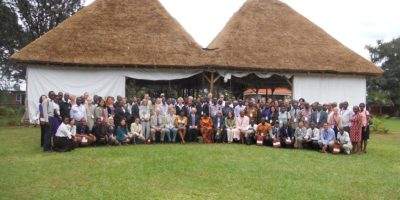Conserving a conservation
Africa’s regional growth is projected at 3.8% in 2024 and 4.2% in 2025, reflecting a dynamic
shift that presents both opportunities and challenges for the conservation of natural resources.
With the continent’s population expected to surge to nearly 2.5 billion, Africa will remain the
largest global source of population growth.
This rapid population increase will drive higher demand for regional food production,
necessitating innovative approaches to agriculture and conservation. Meeting this demand
may require rethinking conservation safeguards to balance the protection of natural resources
with their sustainable utilization for human well-being.
Protected areas, often referred to as “natural banks” of unique ecosystem services, play a
critical role in supporting human development. However, as pressures mount to loosen
safeguards, these areas risk exposure to vulnerabilities. Opening gaps in protections could
disrupt critical ecosystem services, threaten species communities, and lead to structural
impacts that compromise biodiversity and resilience.
Why the challenges: Protected natural areas, often regarded as “natural banks,” safeguard not
only biodiversity but also the ancient history of physical and biological unknowns. Among
these unknowns may lie dormant threats such as viruses that could emerge and impact human
populations, as was speculated with the SARS-CoV-2 virus.
As population growth drives the demand for food production, the pressure to expand
agricultural land is likely to target pristine areas, many of which are conserved ecosystems.
Opening these untouched lands for agriculture could disrupt delicate ecological balances,
leading to shifts in population dynamics for both humans and wildlife.
Striking a balance between meeting the growing demand for food and preserving these
critical ecosystems is a challenge that demands innovative and sustainable solutions. The
decisions made today will shape the future of conservation, health, and development for
generations to come.






